Playlist
Shearing process
More than 120,000 rural families are responsible for working with nature, giving value to alpacas and their precious fiber.

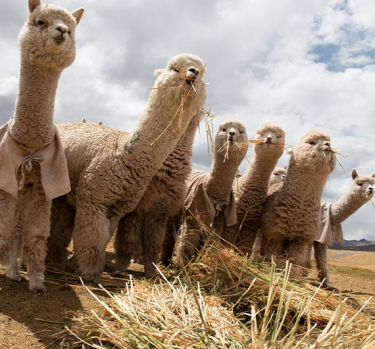
SUSTAINABLE CULTURE
PROMPERÚ is committed to supporting Peruvian export companies on their path towards implementing sustainable business models. To achieve this, the following actions are being carried out:
- Biocommerce: a business model that promotes the sustainable use of native biodiversity resources, such as native cotton, alpaca fiber, among others.
- Fair Trade Good Practices Certification in Peru: a standard that aims to implement socially and environmentally responsible practices in export companies and organizations that seek to add value to their offerings through sustainable and fair management.
- Environmental Footprint - Alpaca: This includes studies to measure environmental impacts (environmental footprint) in the alpaca value chain:
Use and End Life Cycle Analysis
Related Notes
Good practices
These are the 5 principles to be respected during shearing, according to the animal welfare standard in alpaca.
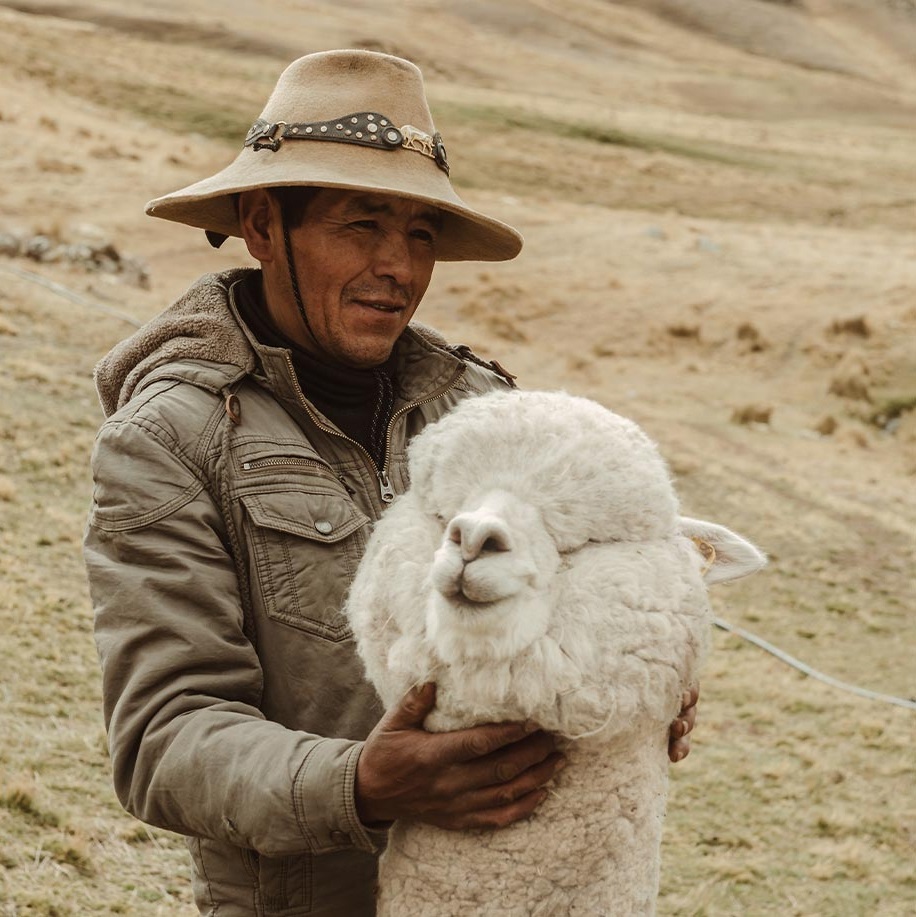
The Responsible Alpaca Standard (RAS) is an international and voluntary standard that addresses the welfare of animals in the alpaca supply chain and the chain of custody of alpaca fiber material from certified bottoms to the final product.
Individual centers are certified by independent certification bodies through annual audits. The product is tracked from the bottom to the final product by means of transaction certificates, following the requirements of the Content Declaration Standard.

Responsible Alpaca Standard
Objectives
- Recognize the best practices of alpaqueros (alpaca farmers).
- Ensure that alpaca fiber comes from farms with a progressive approach to the management of their lands and from responsibly treated alpacas.
- Create an industry benchmark that drives improvements in animal care, land management and social welfare where needed.
- Provide a robust chain of custody system from the bottom to the end product, so that consumers are confident that the alpaca fiber in the products they choose is truly FLUSH.
Get to know our companies
There are already several companies that work together with Alpaca del Perú.
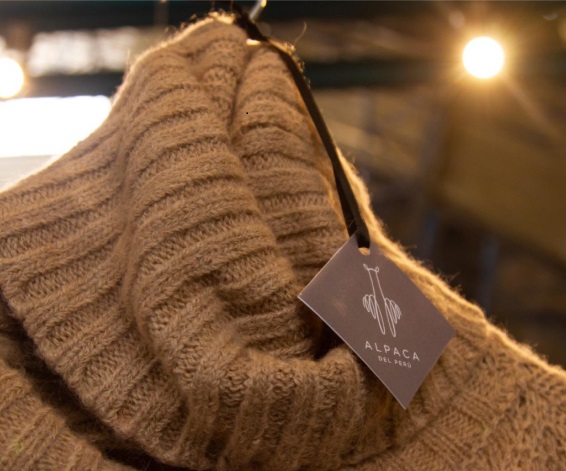
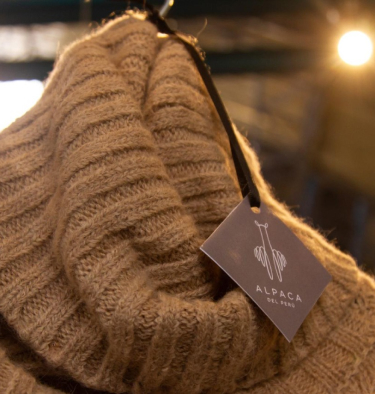
Strategic partners

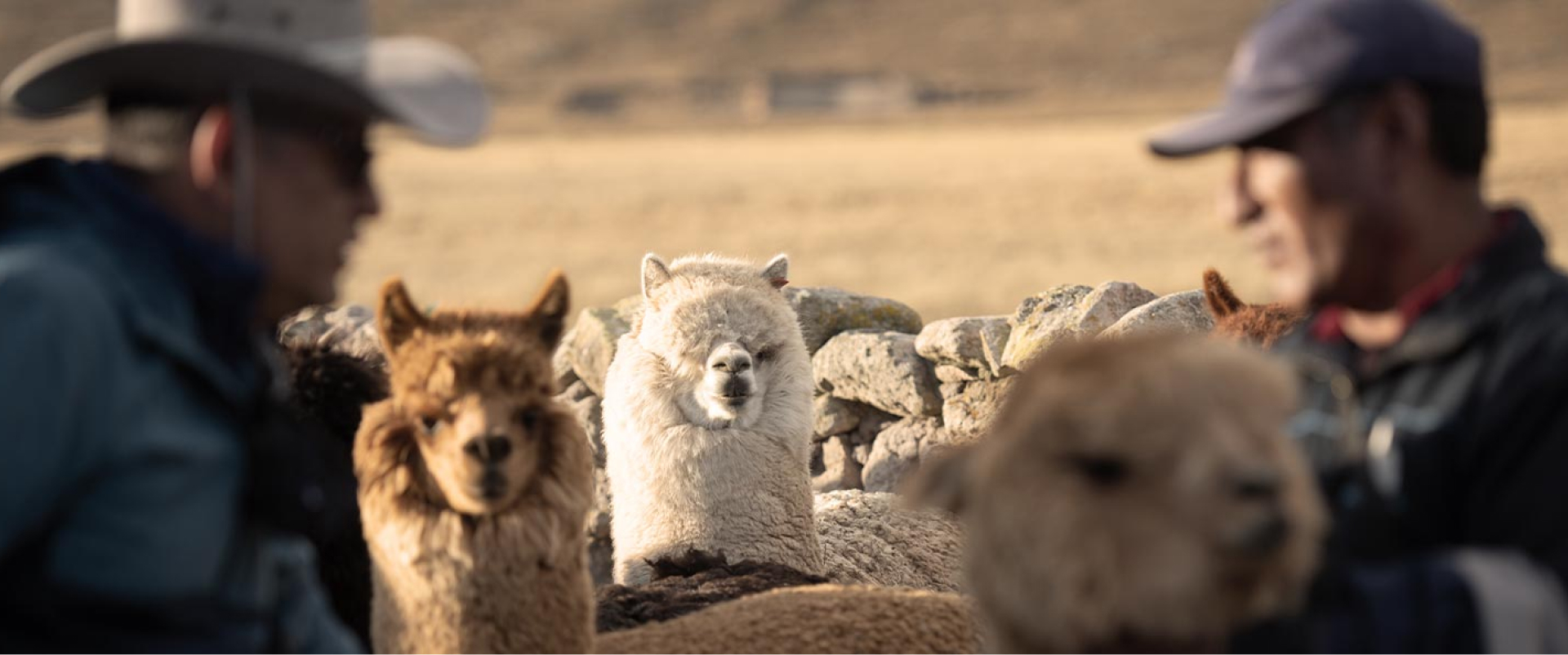


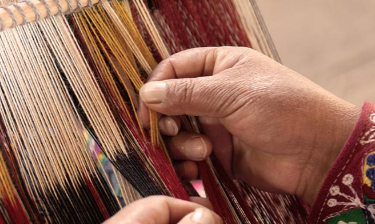






.jpg)






